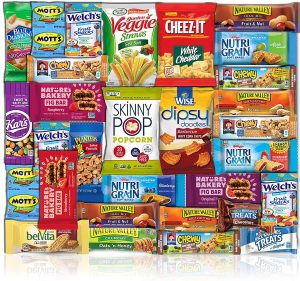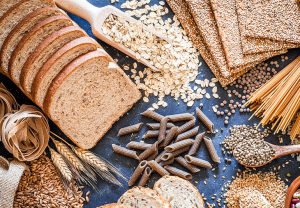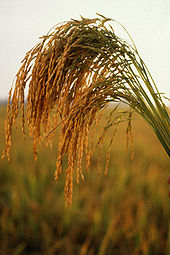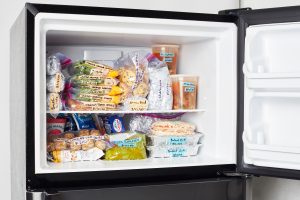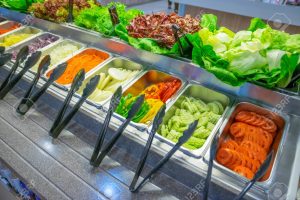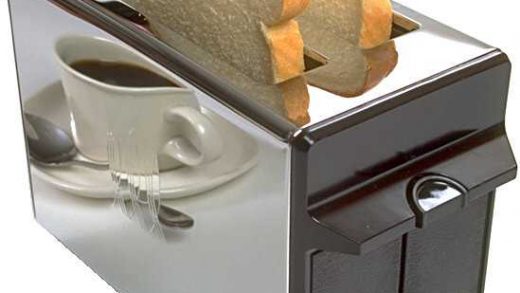It’s very hard to cook good food if you don’t have good ingredients. And to get good ingredients, you have to be better at shopping for those ingredients. Some of the advice is obvious. If you don’t buy bad food and don’t keep tempting snacks in your kitchen, the better your eating will be.
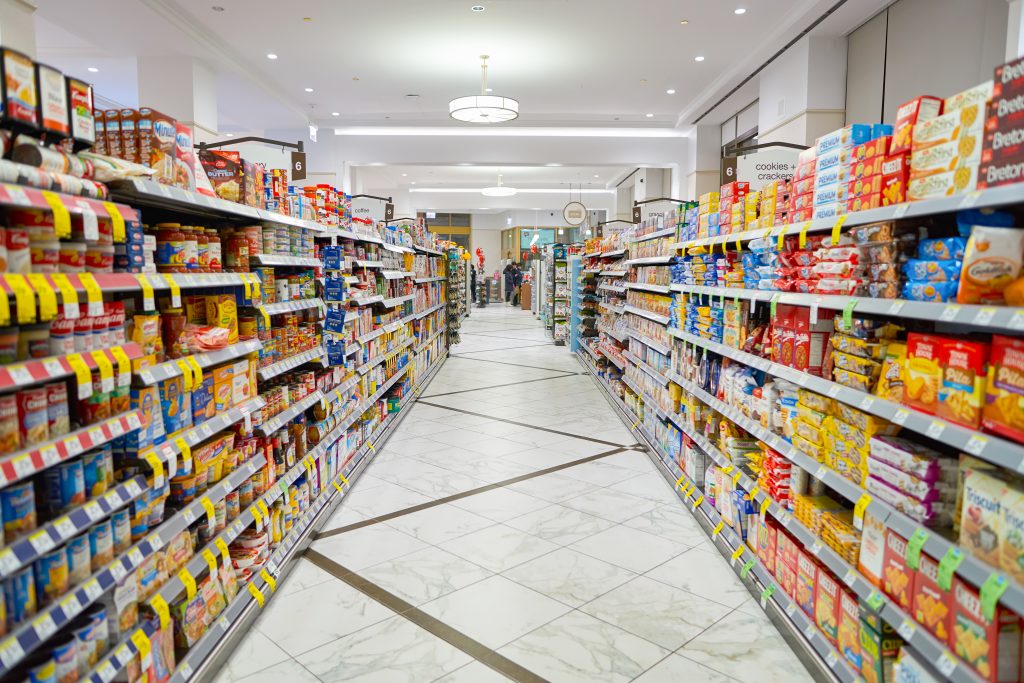
Load Up on Healthy Snacks
Just not keeping unhealthy foods around is a big step toward eating better. No more in-office candy stash. Keep driving past that drive-through restaurant when you’re feeling a bit peckish. If you keep good, healthy snacks around, you will be less tempted by those unhealthy things. Start by stockpiling healthy snacks. Put them where ever you spend a lot of time: in your desk, in the fridge, in your gym bag, backpack or purse.
The foods you need to stock are things like nuts, trail mix, fruit-and-nut bars, apples, bananas, edamame and popcorn. If you have refrigeration, stock up on foods like Greek yogurt, low-fat cheese and hard-boiled eggs. Try for snacks that are higher in protein and lower in carbohydrates and fats.
Choose More Whole Grains
You might ask, if whole grains are so good for you, why do we have processed grains like white enriched wheat flour and white rice? It’s all about preserving food for as long as possible. Think of the seeds, or grains, as being like eggs. In fact, that’s kind of what they are. Inside those seeds are little tiny plant embryos. The bulk of the grain, the white part, much like the white of an egg, contains carbohydrates to feed the growing baby plant. It’s that part that we humans prefer to eat. Millers who ground the grain into flour knew that the flour that came right out of the mill would spoil in a few months. The miller then figured the flour would last longer if you took out the germ, or embryo part that contains a lot of fat as well as protein. And any baker who’s kneaded whole wheat bread dough knows the little pieces of the hull, which protect the seed until it’s ready to germinate, are very sharp and can even cut your hands. People needed to make the flour last through the winter, so the miller created a screen that would filter out the germ and hull pieces, leaving only the powdery ground up endosperm, the official name of the white part of the seed. Properly stored, that could last for many more months than the whole wheat flour.
In Asia where rice was the dominant grain, most of the time it is only milled, not ground. That means the kernel is allowed to roll through a lower pressure grinder which removed the husk and germ leaving the bulk of the grain intact.
Oats are usually squeezed between heavy rollers to flatten the seeds. These are still considered whole grains even though broken open. Like corn, people figured out that the goodness has to be released to enjoy.
Other, smaller grains are often used whole because of their size. All whole grains, because they contain the hull, are loaded with fiber, something of which we are always told we are not getting enough.
An added bonus of eating whole grains is that they have a lower glycemic index, meaning it takes longer for your body to break down the sugars into usable forms. That is important for people with blood sugar issues, like diabetics.
The easiest way to begin incorporating more whole grains into your eating is by switching to brown rice. But don’t expect it to taste the same as that gummy but yummy white rice you get from the local Chinese takeout. Whole grains have a taste all their own.
Planning Is Key

Like the old saying goes, if you fail to plan you plan to fail. We already pointed out the need to not put temptations in your way, you also have to plan what to eat. If you plan for healthy eating, you are more likely to eat healthy.
Another advantage of planning your meals is that it allows you to plan your shopping. You should always shop from of list of what you need for your planned meals. This will not eliminate impulse buying, but it will cut down on it. By cutting down unplanned purchases, you will save money and have fewer tempting foods in your grocery cart.
You Only Need Once A Week
Once a week you should plan your meals and once a week you should do your grocery shopping. Why? Because then you only have to face temptation once a week. Also, your time has value, so you should use it in the most efficient way you can.
I like to do my shopping one day and devote the afternoon of the next to cooking, chopping and preparing ingredients and components of meals later in the week. You have to make your own schedule for what works best for you. Most people find they do shopping on Saturday, making Sunday the best day to enjoy a little time in the kitchen. Be sure to invest in some food containers. If you want to avoid more plastic, glass jars work really good, too. You can put together jar salads, store individual servings of soup, or keep leftovers as fresh as you can.
The Freezer Is Your Friend
The freezer portion of your refrigerator is very useful. It makes ice, you know. But it’s great for storing your own homemade microwave dinners, for storing leftovers or extras. But it’s also a pantry, a frozen pantry. It only makes sense to want that pantry full of things other than just ice cubes.
Everyone knows fresh is best. But sometimes and in some places, frozen is not only a good choice, it can be the best choice. Frozen produce has the advantage of being allowed to stay in the field a little longer because it will only make a short journey to the factory. Also, you can keep it frozen for months before you need it. The key is make sure you buy packages that are just vegetables and maybe a little salt. No sauces.
Frozen fruit will go great in smoothies, pancakes, on a cake or in a pie. They are picked at their peak and then flash frozen to keep most of their nutritional value. I always keep a few different kinds of frozen vegetables in my frozen pantry just to make sure I always have vegetables in my eating plan.
It’s not just about produce, it’s great for storing your own meals and homemade ingredients, like chicken stock. You can also freeze proteins like shrimp, chicken and fish. Be careful about choosing foods that are packed in a sauce or syrup. Baked goods hold up well in the freezer.
Pre-chopped Veggies Can Be Worth The Price
This is particularly useful if there are vegetable prep jobs you have trouble with. Many people find cutting up a butternut squash to be difficult and dangerous. Can’t shred a carrot without scraping your knuckles? These are good times to buy pre-chopped versions. Also, it can save on food waste since you would be buying just what you need at the salad bar or produce section. Diced vegetables of all kinds can be a great buy if it makes your life easier and works more vegetables into your cooking.
Shop Farmers’ Markets
Farmers’ Markets can be both a boon and a danger. Buying direct from farmers for items in season can be a huge cost savings, as well as giving you a fresher, better product. Some products, like meat and eggs, are pricey, but the quality is so much better than what you find in the grocery store. Much of the produce, ‘though, comes from the same source as the grocery store. Whether you go once a week or once a month, it can be a worthwhile trip.
